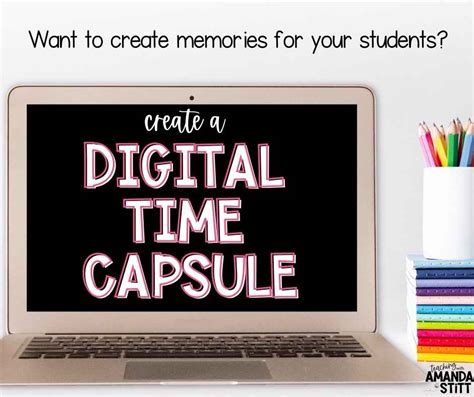As the digital age continues to permeate every facet of our lives, parents are coming up with innovative ways to preserve precious memories of their children’s early years. One such method that has piqued the interest of many parents is creating a dedicated email account to send messages, pictures, and documents to their young children. This practice not only serves to document important milestones but also provides a digital legacy that can be gifted to the child once they reach adulthood. However, while the intention behind this concept is undeniably beautiful, it also raises several practical and security-related concerns.
The idea of sending emails to your child’s future self is a novel and endearing way to capture their upbringing. As parents, we often find ourselves inundated with fleeting moments too precious to lose. By emailing these memories, parents can paint a vivid picture of their child’s early life. The practice allows not just parents but also grandparents, uncles, aunts, and close family friends to contribute their own recollections and sentiments. This creates a communal space that celebrates the child’s growth and milestones. Using a format that everyone is familiar with, such as email, makes this project accessible and easy to participate in.
However, relying solely on email for storing these memories comes with its own set of risks. Many commenters highlight the importance of having a backup strategy for the email content. Google, for instance, is known to disable accounts unexpectedly due to policy changes, potential violations, or even inactivity. The emotional weight of losing years of cherished messages and photos due to account suspension or deletion is a legitimate worry for many parents. Thus, a recommendation that arises frequently is the need for a robust backup system. For example, setting up a headless email client on a personal server or regularly exporting emails to local storage can safeguard against such contingencies.
One viable solution proposed by the community involves using an append-only document that can be easily stored and retrieved. The advantage of this method is that it consolidates all the emails into a single, coherent document that can be printed or digitally shared as needed. Tools such as Google Apps Script can be employed to automate the process of extracting emails and converting them into files saved in a structured format. Here’s an example of a simple script for exporting emails to Google Drive, which can then be synced with local storage for additional backup:
function exportEmails() {
var threads = GmailApp.search('older_than:30d');
threads.forEach(function(thread) {
var messages = thread.getMessages();
messages.forEach(function(message) {
var date = message.getDate();
var subject = message.getSubject();
var body = message.getBody();
var fileName = `${date.toISOString()}_${subject}.eml`;
var file = DriveApp.createFile(fileName, body);
file.moveTo(DriveApp.getFolderById('folder-id'));
});
});
} Security is another paramount concern, especially considering the sensitivity of the data being stored. Some parents opt to utilize private servers or even physical storage devices like NAS (Network-Attached Storage) to maintain full control over the data. That way, access can be strictly managed, and there’s no dependence on third-party services whose terms and conditions may change. Moreover, for added security, some suggest using encryption to protect the stored data. A simple approach could be to zip the email files using a tool like 7-Zip and encrypt them with a strong password.
While technology offers incredible tools for recording and preserving memories, it’s worth noting the importance of traditional methods. Many parents and grandparents fondly recall flipping through photo albums filled with printed pictures, handwritten notes, and small mementos. The tactile experience of a physical photo album is irreplaceable. Notably, several parents suggest combining both digital and physical methods. Printing out selected emails or photos and organizing them into a beautiful scrapbook can provide a tangible keepsake, enriching the overall experience.
Moreover, the emotional aspect of composing an email versus writing in a text document or physical notebook should not be overlooked. An email allows for a more formal, thoughtful expression of feelings. Each message can be addressed personally, include salutations like ‘Dear Son,’ and sign-offs like ‘Love, Dad,’ which might not happen with other methods due to their informal nature. This format maintains the emotional integrity of each entry and ensures every memory is timestamped and uneditable, creating a more authentic historical record.
As we navigate the complexities of preserving family memories in a digital world, it’s crucial to weigh the advantages and potential pitfalls of each method. Email accounts offer a familiar, easy-to-access medium for capturing moments, but a wise parent will also have a parallel strategy to ensure these memories endure. Whether through local backups, physical albums, or private servers, the aim is the same: to create a cherished, enduring testament to a child’s early years, one that they can look back on with wonder and awe. Ultimately, the memories we choose to preserve and the methods we use to protect them tell a story—not just of the child’s life, but of our profound love and commitment to them.


Leave a Reply